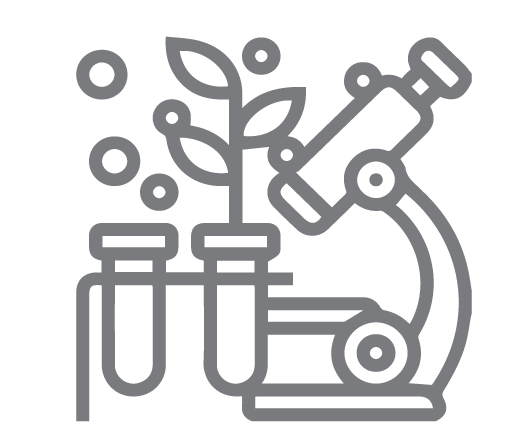In 1993, when Meri Moken got recognized by various institutions for her research work on the effect of detergents on bacteria, a lot of her work was actually a reflection of a broader spectrum of research that had started as early as the 1960s. What Meri essentially discovered was the resistance of bacteria to household detergents and bleaches – a subset of the age-old capability by bacteria to adapt to harmful chemicals. Her discovery illuminated the ever-burgeoning problems that pathogens present: that, over time, they become harder to eradicate, as any chemicals used against them become ineffective.
Pathogens present a huge problem in the medical world, because not only are they becoming more problematic despite advances in antibiotics, but also because the advances are actually making the problem worse. As an illustration, the Escherichia coli, an intestinal bacterium, grew resistant to all fluoroquinolone antibiotics administered against it within a decade. This high rate of adaptation presents a grave problem, since it implies that scientific advances would be hard-pressed to keep up with the bacteria. Then, in 1994, it was discovered that some strains of Streptococcus pneumonia were resistant to Penicillin, and that a full 25% of all people suffering from this Pneumonia were resistant to antibiotics. It was a further indication that the war against pathogen was slowly, but surely, being lost.
There are several ways in which bacteria can gain mastery over any antibiotic thrown at them. Every new antibiotic essentially places a kind of selective pressure on them, and the most adapted amongst them survive down the generations. Sometimes, a spontaneous mutation in the bacterial DNA may result in an organism with a higher level of resistance. Other bacteria engage in a process called transformation – a microbial sex-like process in which DNAs are shuffled between two organisms. But most ominous of all adaptation methods is the one in which bacteria interchange a section of DNA called a plasmid amongst themselves. It is ominous since it presents a very efficient way of increasing the overall adaptability of bacteria, without incurring the unpredictability that mutation presents.
The resistance that results from the DNA changes within the bacteria is expressed in several ways, at the molecular level. Some of the bacteria change the target molecule, essentially inactivating it and thus making it harmless. Others go a step further and decompose the molecule into its elements. Others simply sequester the offending drug, thus keeping it away from their warpaths. And finally, some bacteria keep the fatal chemicals out of the cells, and prevent their entrance to it.
Since the bacterial problem is a serious menace, several solutions have been suggested to help keep bacteria in their rightful place within the biosphere. Firstly, antibiotics should only be used when absolutely necessary. Using them at any other time only increases chances of developing resistance in the microbes. Secondly, all antibiotics, once administered, should be taken until the entire dose is completed. Partially resistant bacteria are less likely to survive and multiply when doses are completed. Thirdly, narrow-spectrum antibiotics should be used, to avoid triggering adaptation mechanism in other bacteria within the vicinity. And finally, vaccines can be innovated to act on a preventative platform rather than a curative one.
References
Why files (1997) What doesn’t kill them makes them stronger Retrieved 21st January 2009 from < http://whyfiles.org/038badbugs/index.html>
